Your cart is currently empty!
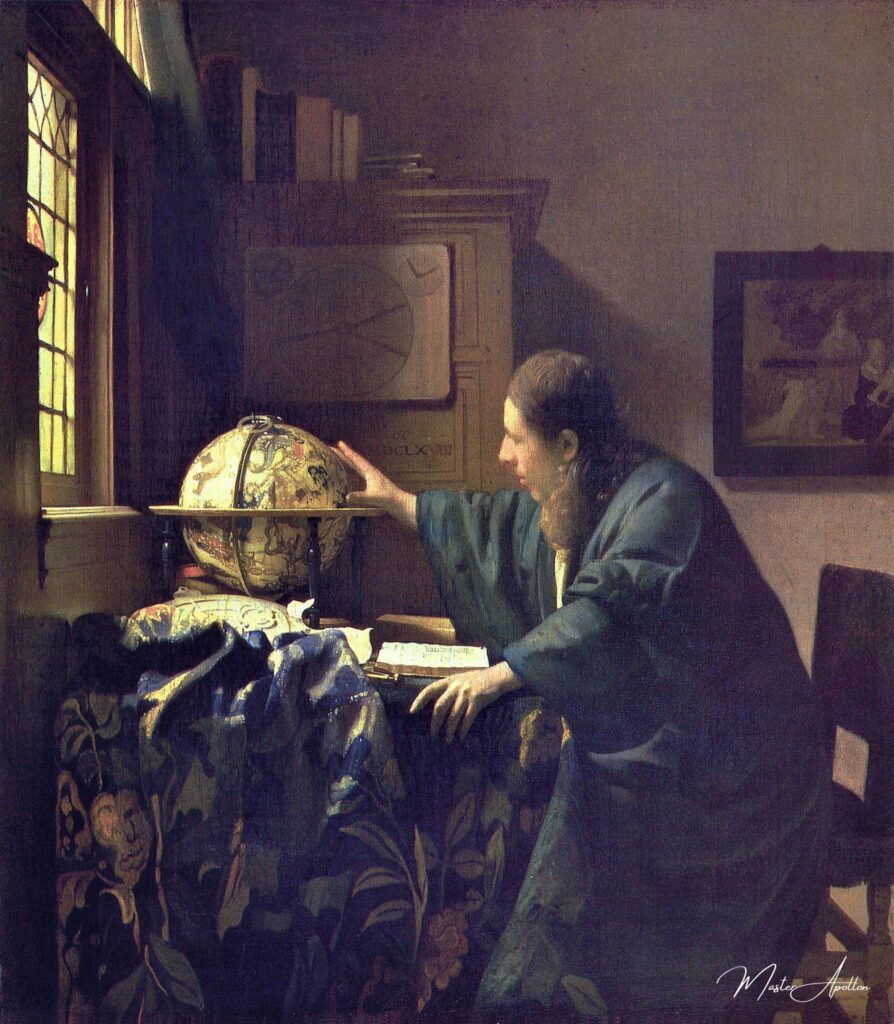
The Astronomer – Johannes Vermeer
This oil painting reproduction of “The Astronomer” by Johannes Vermeer is a stunning masterpiece that will bring a touch of elegance and sophistication to any space. Crafted with the highest quality materials and meticulous attention to detail, this reproduction captures the essence of the original artwork with remarkable precision.
The craftsmanship of this piece is truly exceptional, with ea…
The Astronomer: A Glimpse into 17th-Century Science Through Vermeer’s Lens
Johannes Vermeer’s The Astronomer (c. 1668) is a masterpiece that encapsulates the intellectual vigor of the Dutch Golden Age, a period marked by remarkable advancements in science and the arts. Currently housed in the prestigious Musée du Louvre in Paris, this painting invites viewers into a world where knowledge and faith intertwine, offering profound insights into the era’s values and beliefs. This article delves into the key themes, historical context, and significant details surrounding The Astronomer, highlighting its importance within the realm of 17th-century Dutch art.

Overview of the Painting
The Astronomer is a striking oil on canvas painting measuring 51 cm × 45 cm (20 in × 18 in). It depicts a man in scholarly attire, absorbed in his studies, surrounded by symbols of knowledge and discovery. The artwork is believed to be a companion piece to Vermeer’s The Geographer, both of which showcase the artist’s dedication to portraying the scientific endeavors that defined his time.
Main Themes
Depiction of Science in 17th-Century Dutch Art
In the 17th century, Dutch painting flourished, and portraits of scientists became a popular subject. Vermeer’s The Astronomer aligns with this artistic trend, reflecting society’s growing fascination with scientific inquiry and exploration. The representation of intellectual figures like astronomers and geographers in art served not only to celebrate their contributions but also to elevate their status in a world increasingly driven by knowledge and reason.
Vermeer’s meticulous attention to detail and mastery of light creates an intimate atmosphere, allowing viewers to connect with the astronomer’s pursuit of knowledge. The calm yet focused expression on the subject’s face suggests a deep engagement with his work, emblematic of the Dutch Golden Age’s spirit of inquiry.

Possible Portrait of Antonie van Leeuwenhoek
Although unconfirmed, it is widely speculated that the figure in The Astronomer may represent Antonie van Leeuwenhoek, a prominent Dutch scientist renowned for his pioneering work in microscopy. Van Leeuwenhoek’s contributions to science profoundly impacted the understanding of microbiology, making him a fitting representation of the era’s intellectual achievements.
The possibility that Vermeer chose to depict a contemporary scientist adds a layer of significance to the painting. It positions the artwork not only as a celebration of science but also as a tribute to an individual who exemplified the curiosity and innovation characteristic of the time.
Symbolism of Knowledge and Divine Inspiration
The Astronomer is rich in symbolism, with various elements within the painting representing the themes of knowledge and divine guidance. The central figure is surrounded by objects that underscore the significance of intellectual pursuit. Prominent among these is the celestial globe, which symbolizes the astronomer’s field of study and his quest to comprehend the universe.
In addition, the open book displayed in the painting is the Institutiones Astronomicae Geographicae by Adriaan Metius, a seminal work in the field. Its open pages, specifically indicating Book III, contain passages advising the astronomer to seek “inspiration from God.” This message reinforces the notion that science and faith were not mutually exclusive during the 17th century; instead, they coexisted as complementary pathways to understanding.
Furthermore, the painting on the wall, depicting the Finding of Moses, adds another layer of meaning. This biblical scene may symbolize the discovery of knowledge and the moral responsibilities that come with it, emphasizing the importance of learning in the context of faith and spirituality.
Provenance and Nazi Seizure
The history of The Astronomer extends beyond its artistic merits, reflecting the tumultuous journey of art ownership through history. The painting’s provenance can be traced back to the early 18th century, eventually landing in the hands of the Rothschild family. During World War II, the painting was seized by the Nazi regime, highlighting the vulnerability of cultural artifacts during times of conflict.
The complexities of its ownership reflect broader themes of loss and recovery in the art world. After the war, The Astronomer was returned to the Rothschilds, demonstrating the challenges faced by art collectors in reclaiming their possessions after the upheaval of war. In 1983, the painting was acquired by the French state, where it remains a cherished part of the national collection.
Important Facts
- Date: c. 1668
- Medium: Oil on canvas
- Dimensions: 51 cm × 45 cm (20 in × 18 in)
- Location: Musée du Louvre, Paris
- Companion Piece: The Geographer (c. 1668–1669), also by Johannes Vermeer
Key Objects within the Painting
Vermeer’s The Astronomer features several key objects that enhance the painting’s themes:
- Celestial Globe: This globe serves as a focal point, representing the astronomer’s area of expertise and his desire to uncover the mysteries of the heavens.
- Book: The Institutiones Astronomicae Geographicae by Adriaan Metius is not just a scholarly reference; its open pages symbolically link the quest for knowledge with divine inspiration.
- Painting on the Wall: The depiction of the Finding of Moses evokes the significance of discovery, reinforcing the notion that knowledge is a form of enlightenment.
Quotes of Interest
The context surrounding The Astronomer can be further understood through insightful quotes related to the painting:
- “Portrayals of scientists were a favourite topic in 17th-century Dutch painting.” This highlights the broader artistic trends that informed Vermeer’s work, emphasizing the value placed on scientific inquiry during the period.
- “Symbolically, the volume is open to Book III, a section advising the astronomer to seek ‘inspiration from God.’” This quote underscores the artist’s likely intention to portray a connection between scientific pursuits and faith, a theme prevalent in the intellectual discourse of the time.
Conclusion
Johannes Vermeer’s The Astronomer offers a captivating glimpse into the world of science and the pursuit of knowledge during the Dutch Golden Age. Through its rich symbolism, detailed craftsmanship, and historical context, the painting continues to fascinate and inspire viewers centuries after its creation.
In a time when science and faith were deeply intertwined, Vermeer’s portrayal of the astronomer serves as a testament to the intellectual curiosity that defined the era. As a vital piece of art history, The Astronomer remains a cherished example of how the pursuit of knowledge is both a personal journey and a collective endeavor, reflecting the enduring human quest for understanding the universe and our place within it.
Johannes Vermeer
Johannes Vermeer, a Dutch Baroque painter, is renowned for his masterful use of light and meticulous attention to detail, capturing intimate, everyday moments with timeless elegance.
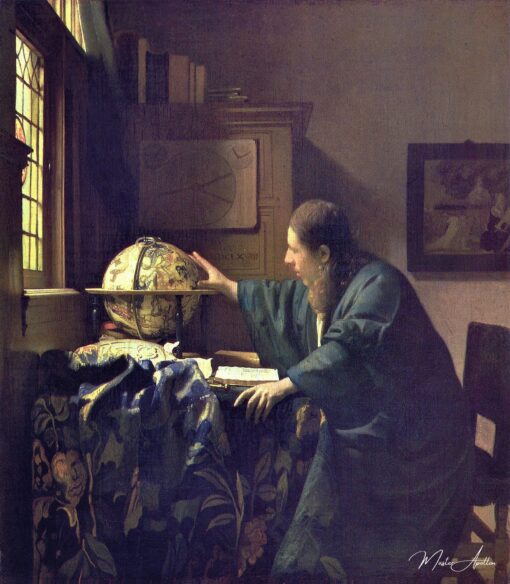
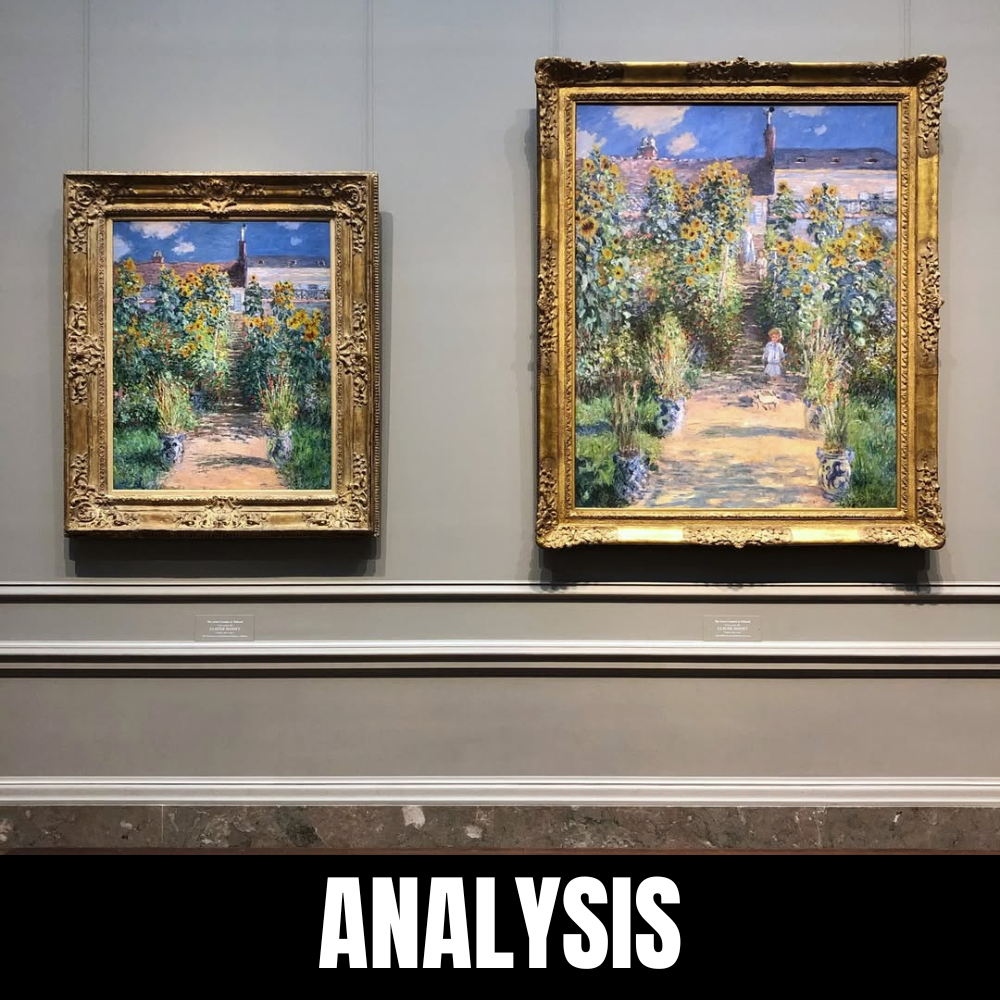
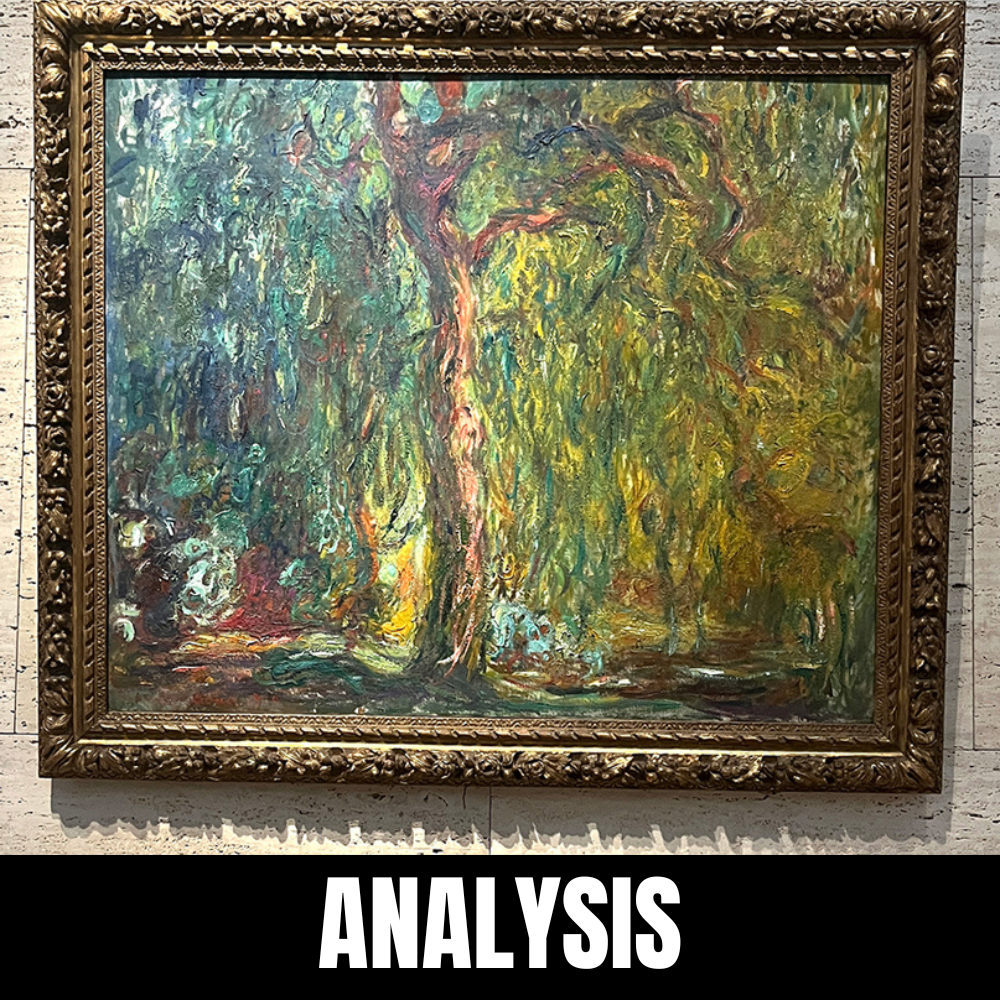
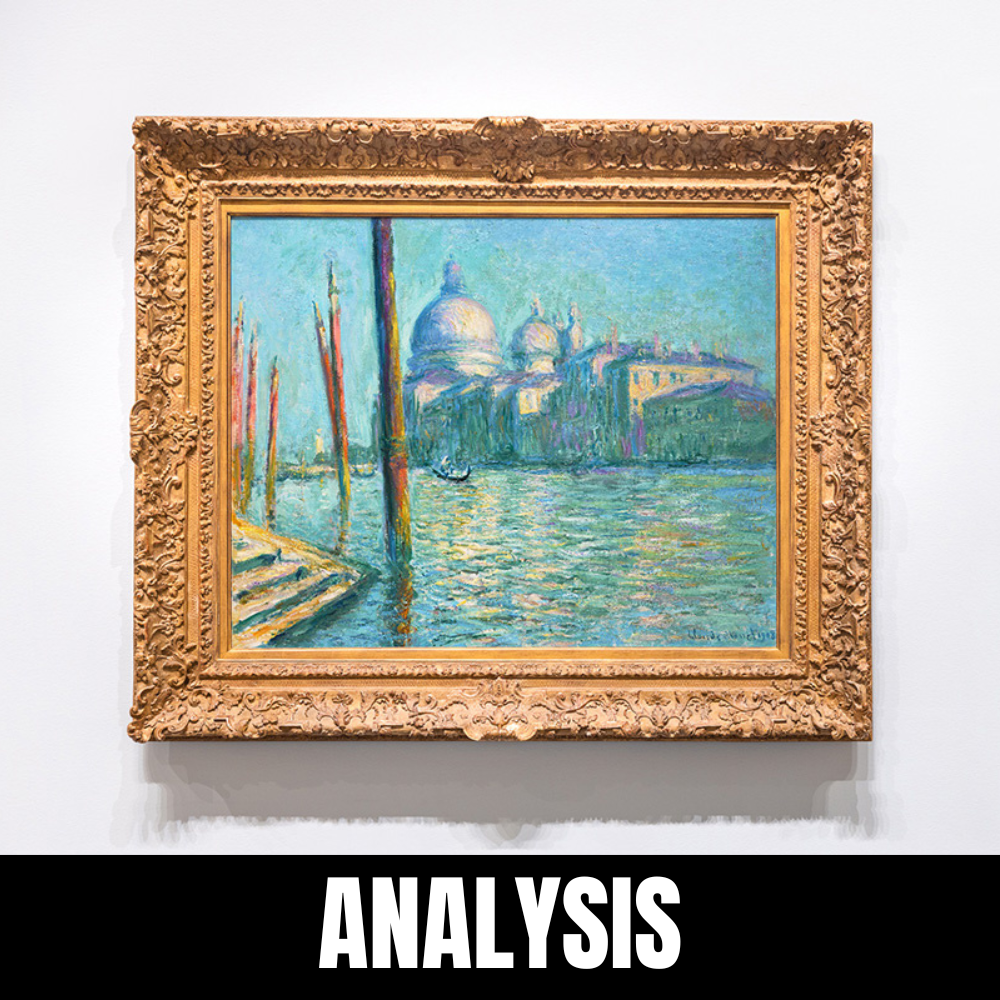
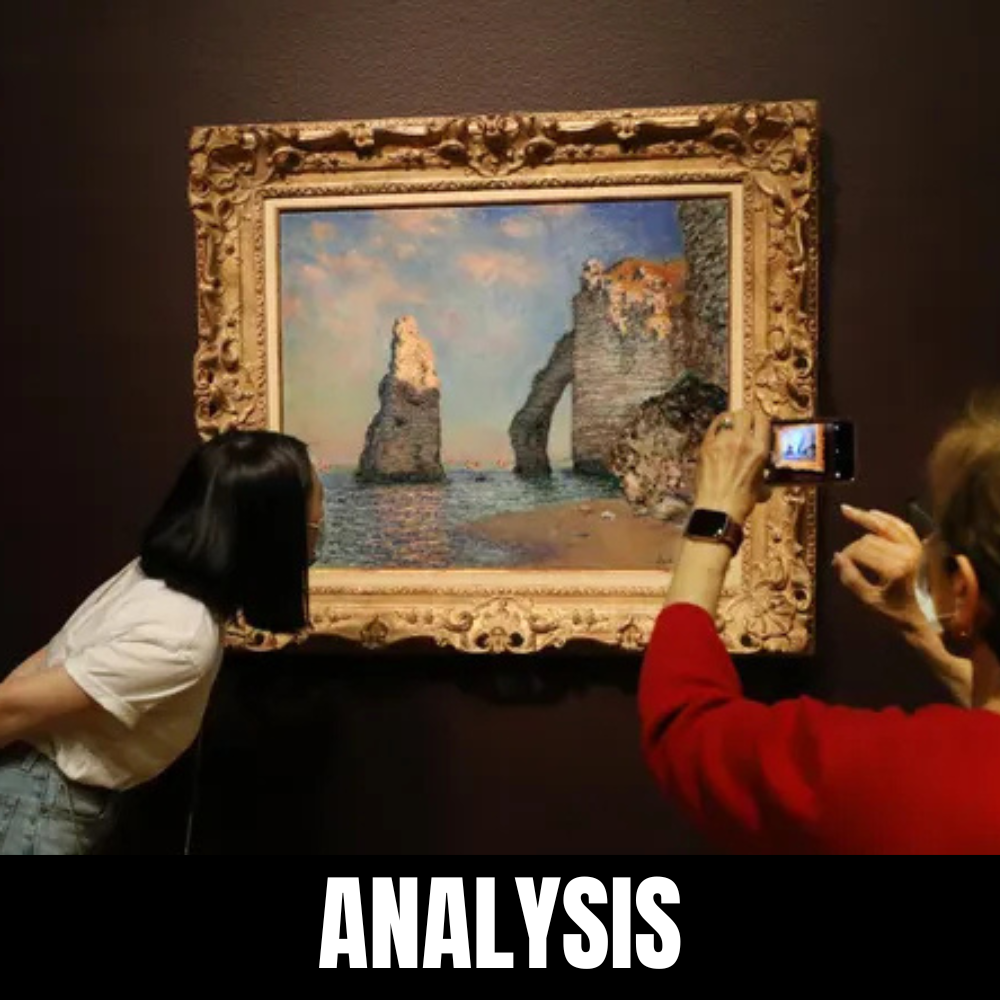
Leave a Reply